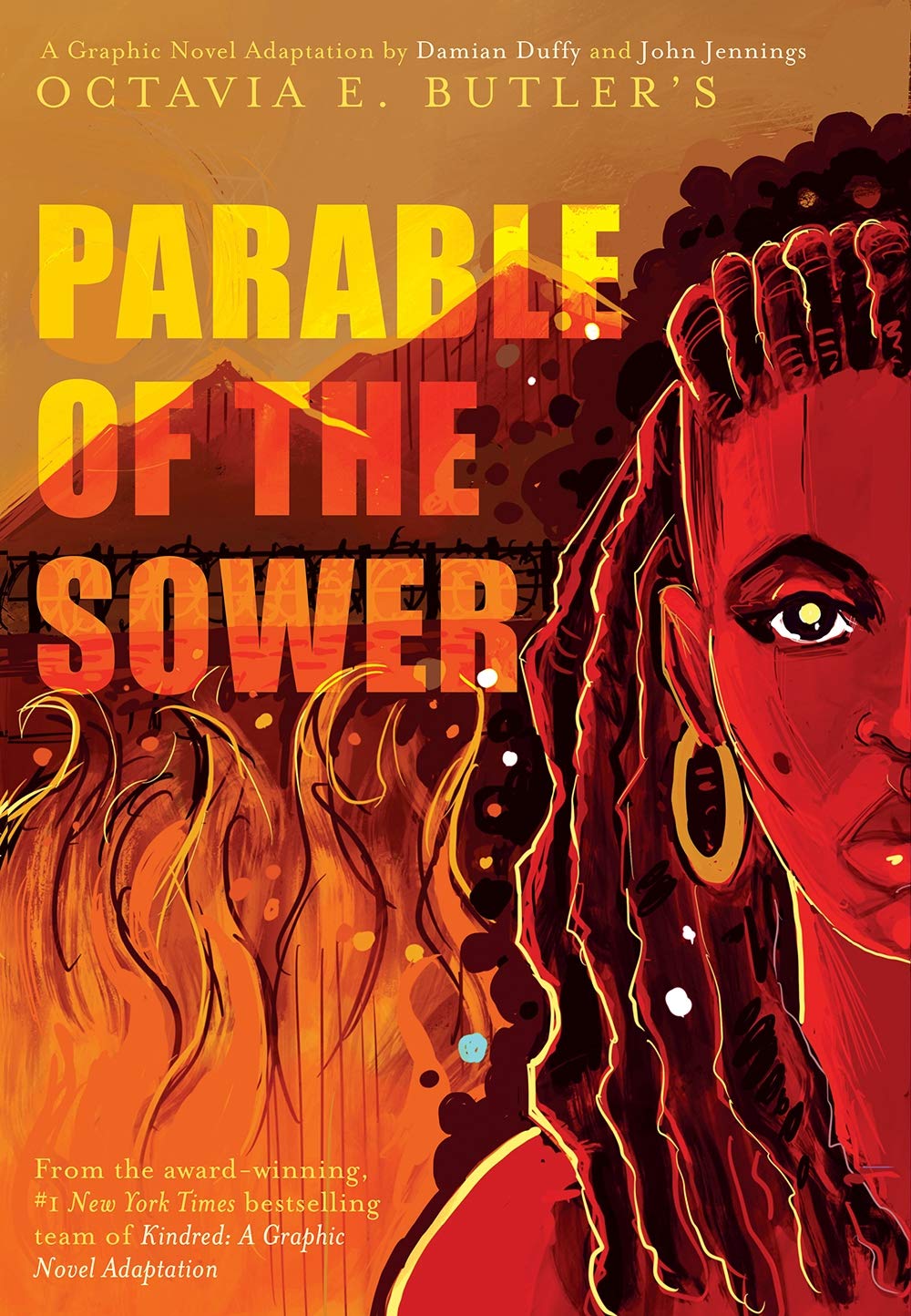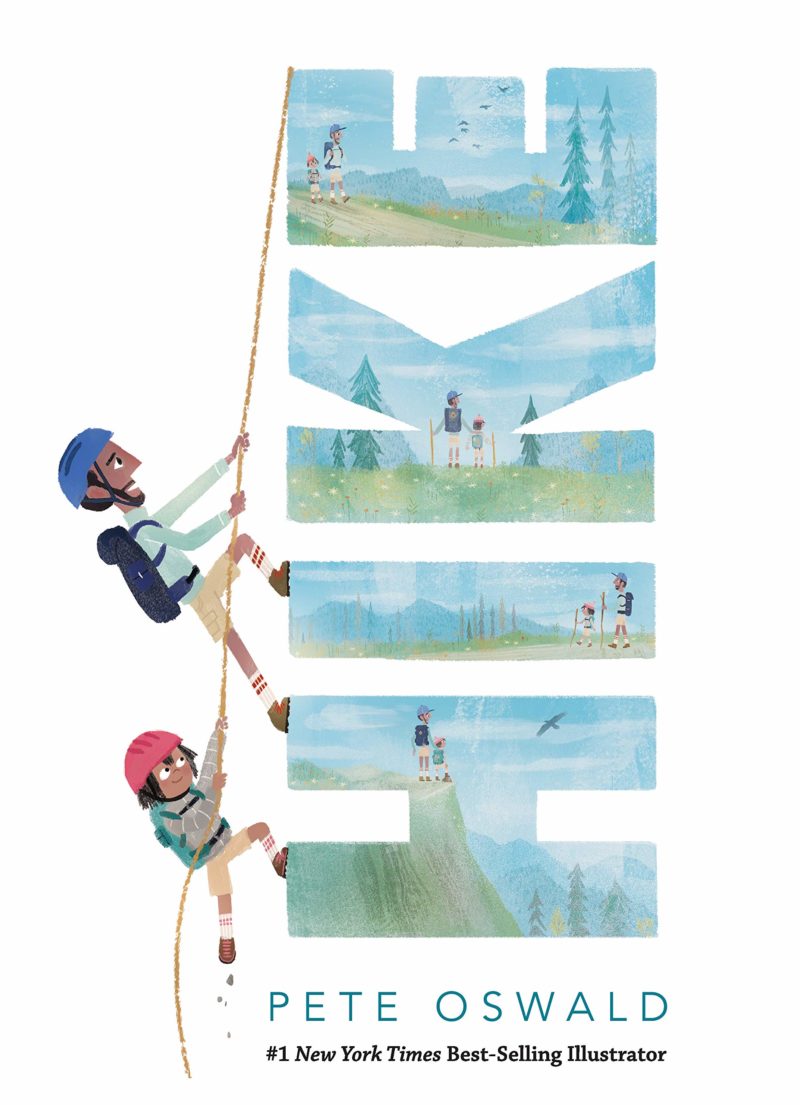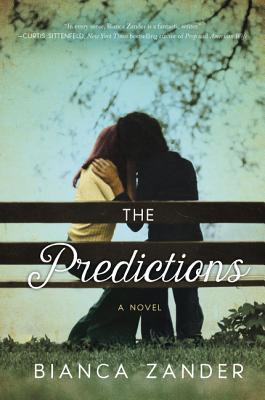 I first read Parable of the Sower in 2017, just a few months after Donald Trump was inaugurated. Like countless other readers, I was struck by how prescient the novel was; written in 2005, the story featured a presidential candidate who vowed to “make America great again.” (Among the other things that are wonderful about this story is that Octavia Butler reminds us that our current political situation didn’t come “out of nowhere,” and that the racism, xenophobia, and other issues that have come to a head under Trump’s presidency will linger long after he’s gone.) With another election on the horizon, I was excited to revisit Parable of the Sower in graphic novel form, adapted by Damian Duffy and John Jennings.
I first read Parable of the Sower in 2017, just a few months after Donald Trump was inaugurated. Like countless other readers, I was struck by how prescient the novel was; written in 2005, the story featured a presidential candidate who vowed to “make America great again.” (Among the other things that are wonderful about this story is that Octavia Butler reminds us that our current political situation didn’t come “out of nowhere,” and that the racism, xenophobia, and other issues that have come to a head under Trump’s presidency will linger long after he’s gone.) With another election on the horizon, I was excited to revisit Parable of the Sower in graphic novel form, adapted by Damian Duffy and John Jennings.
The novel opens in 2024, but the California of our protagonist, 15-year-old Lauren Olamina, is almost unrecognizable. There isn’t enough food, water, or work; anyone who lives outside a gated community is almost guaranteed to die in the chaos and violence that rules the streets. Even inside the gates, where Lauren lives, things are dangerous. Young teenagers are trained to use guns, and everyone knows that the community is vulnerable to attack at any time. It’s a truly frightening dystopia because the problems that destroyed Lauren’s world are recognizably our own – they hint at what could be waiting not hundreds or thousands of years into the future, but just decades away if we don’t change our course now. (Note: Even though Lauren is 15, this is not a YA novel. Many teens may enjoy and appreciate it, but it is targeted at adults.)
Lauren’s parents and the other adults in her community who remember a time before things got so bad still believe that with enough time, life will return to the way it was. Only Lauren, young enough to have never known another way of life, seems to be able to see that this will never happen. The old rules and beliefs that served in the past – politics, Christianity, law and order – are ill-suited to the present day. In frustration, Lauren begins conceiving of her own understanding of the world, her own religion: Earthseed, which maintains that God is Change.
Overall, Duffy and Jennings – who also adapted Butler’s book Kindred into graphic novel form – have done a masterful job at converting this story into a new medium. Even as a graphic novel, the story is dense and hard to read; it is hard to take in so much devastation in a single reading. The illustrations make the horrors of Lauren’s world spring off the page, evoking a kind of kinetic movement that propels you through the story. The text also feels smooth, so carefully manipulated that you don’t feel that you are missing parts of the story, even in this new form.
I did find it much harder to keep track of the large and evolving cast of characters in this version since many of them are only introduced with a name written above a picture of them. I had to flip back through several times to make sure I understood where people came from and what part they had played earlier in the story.
Parable of the Sower is such an important book for our time – I definitely recommend this version both to new readers and those who already love the novel.
A copy of this book was provided by the publisher, Abrams, for review.




